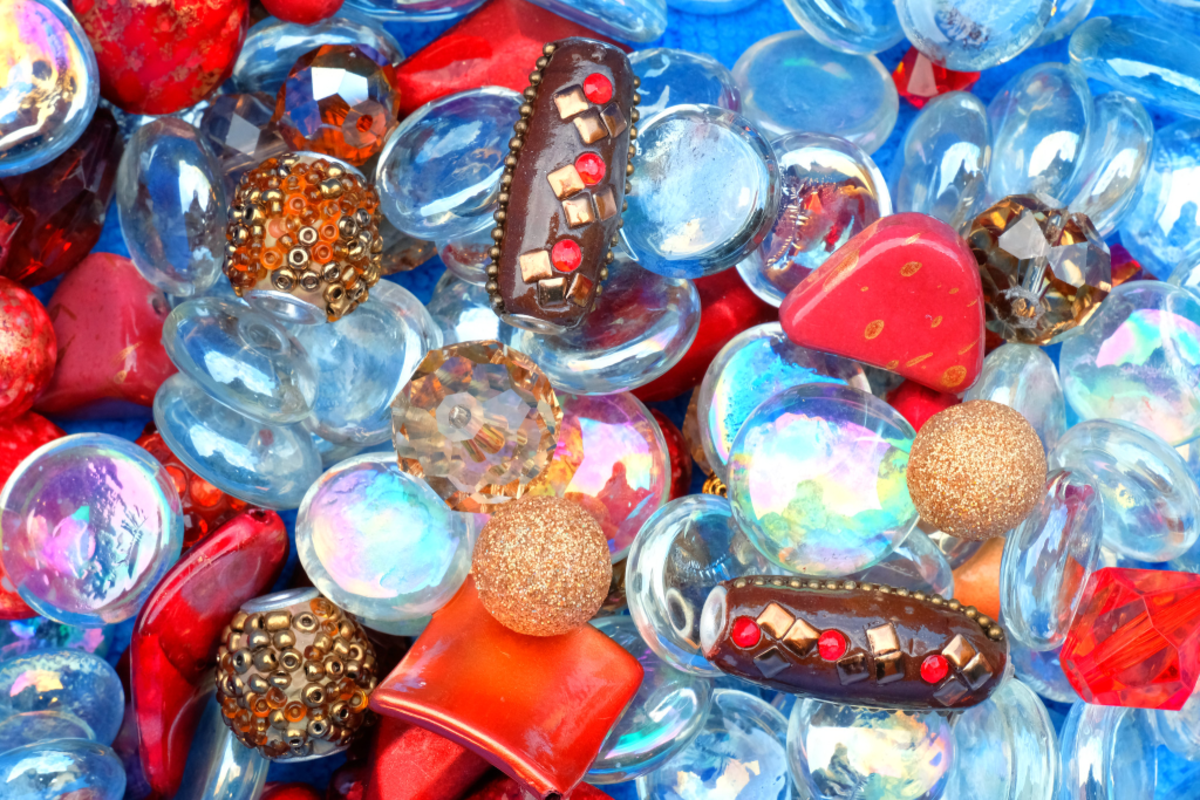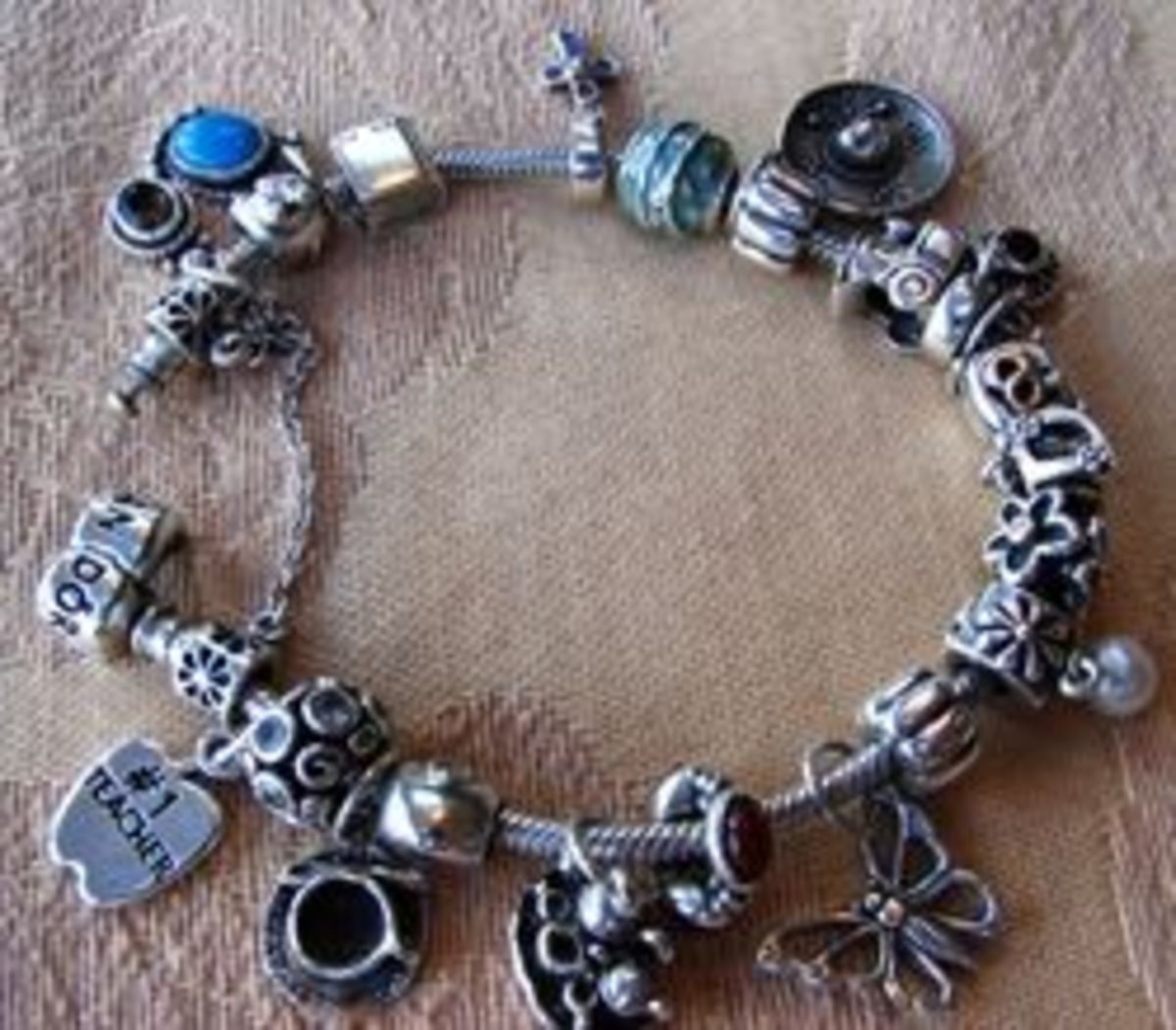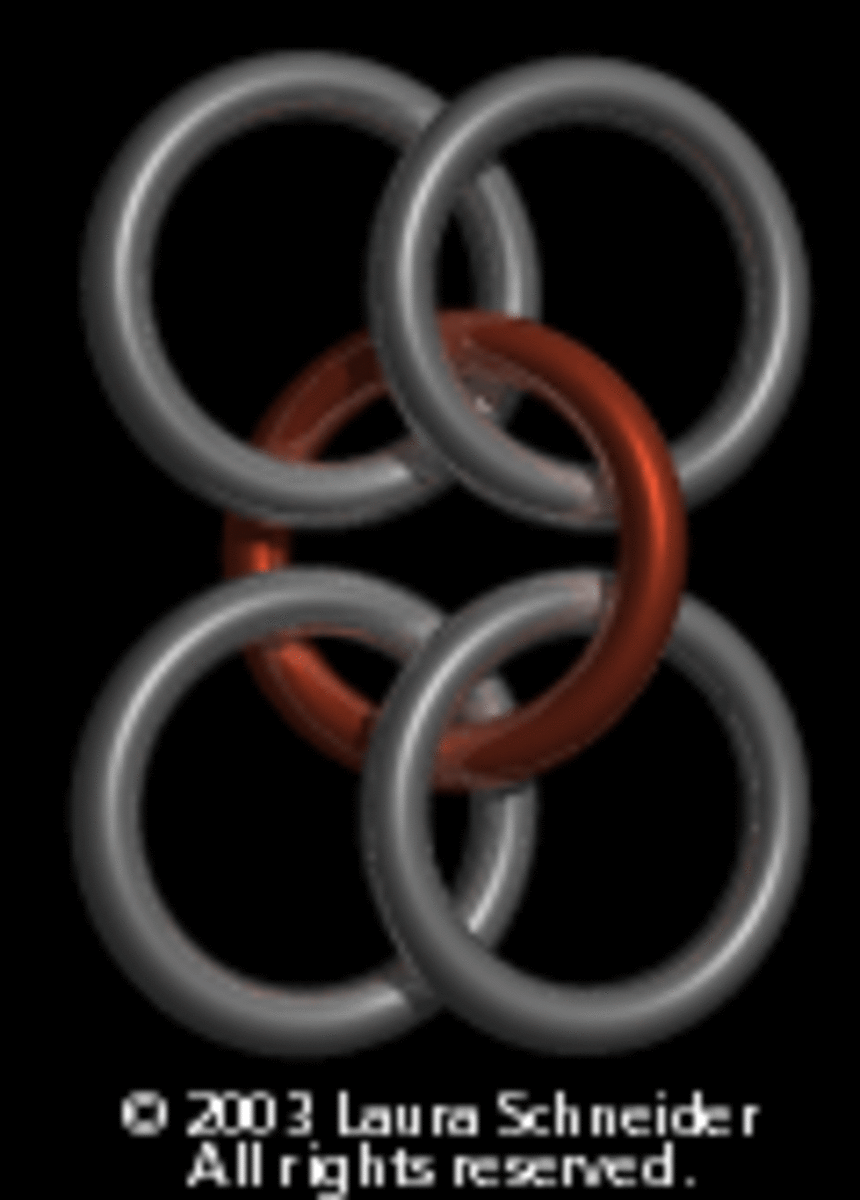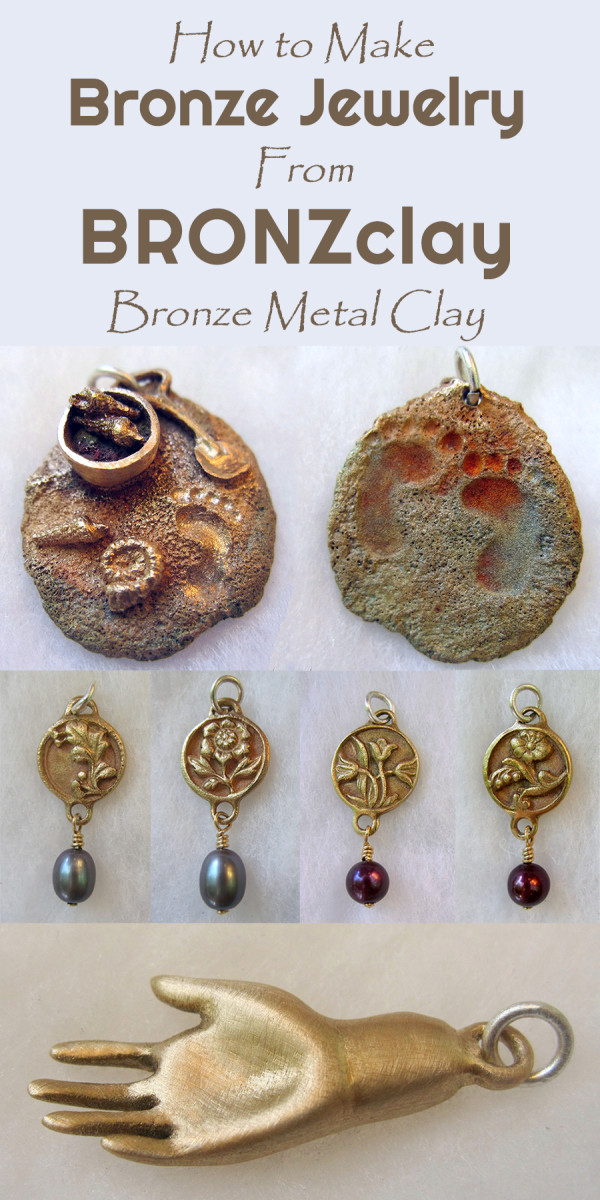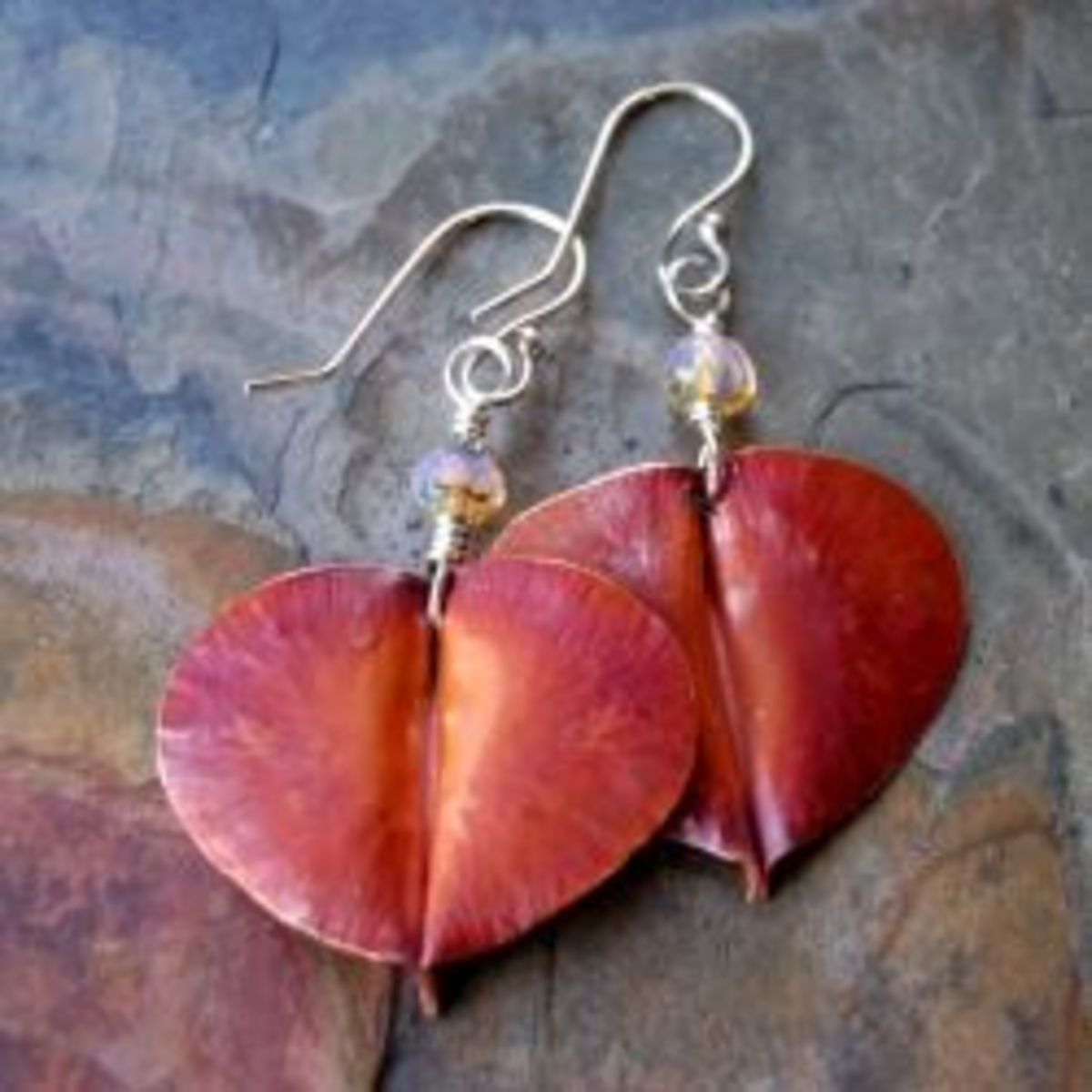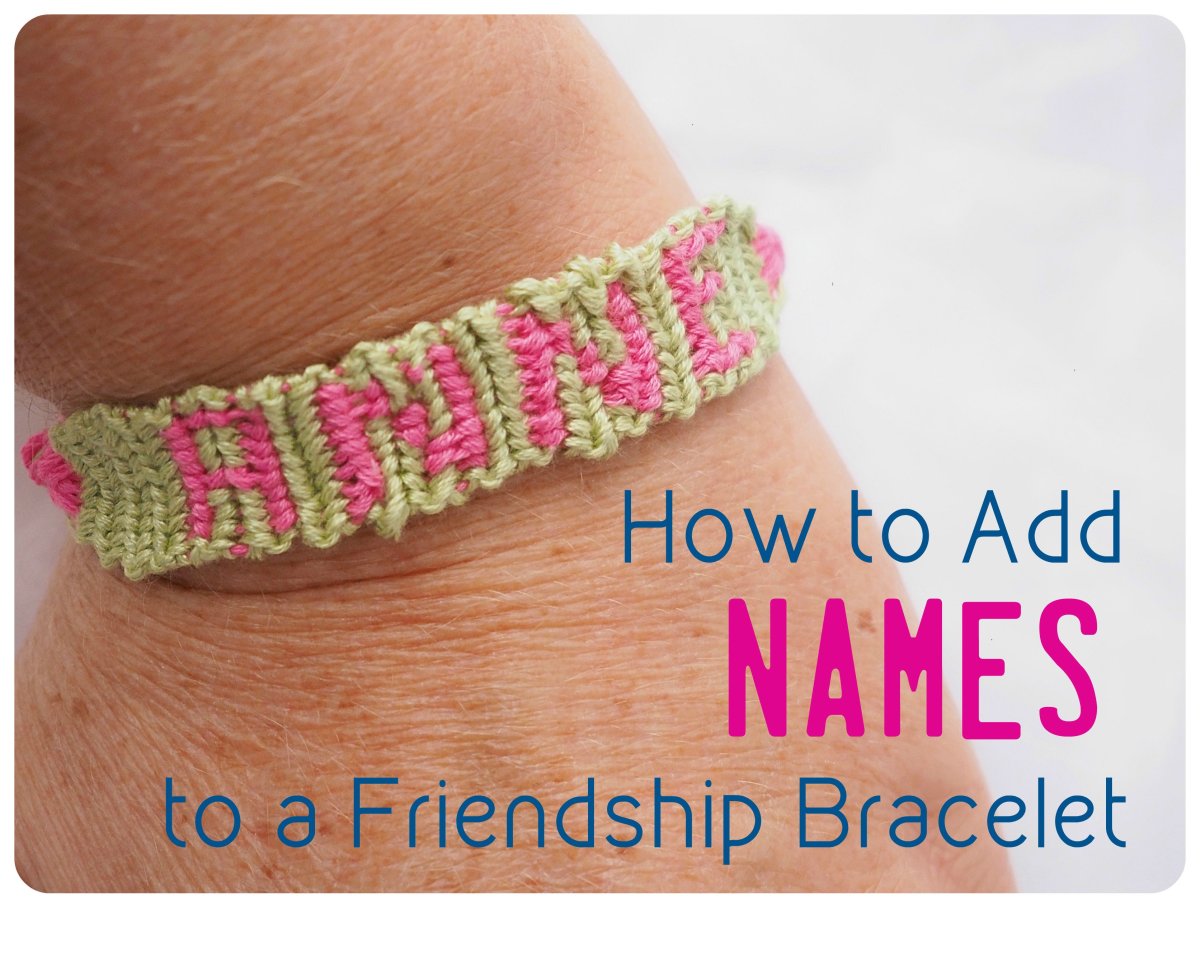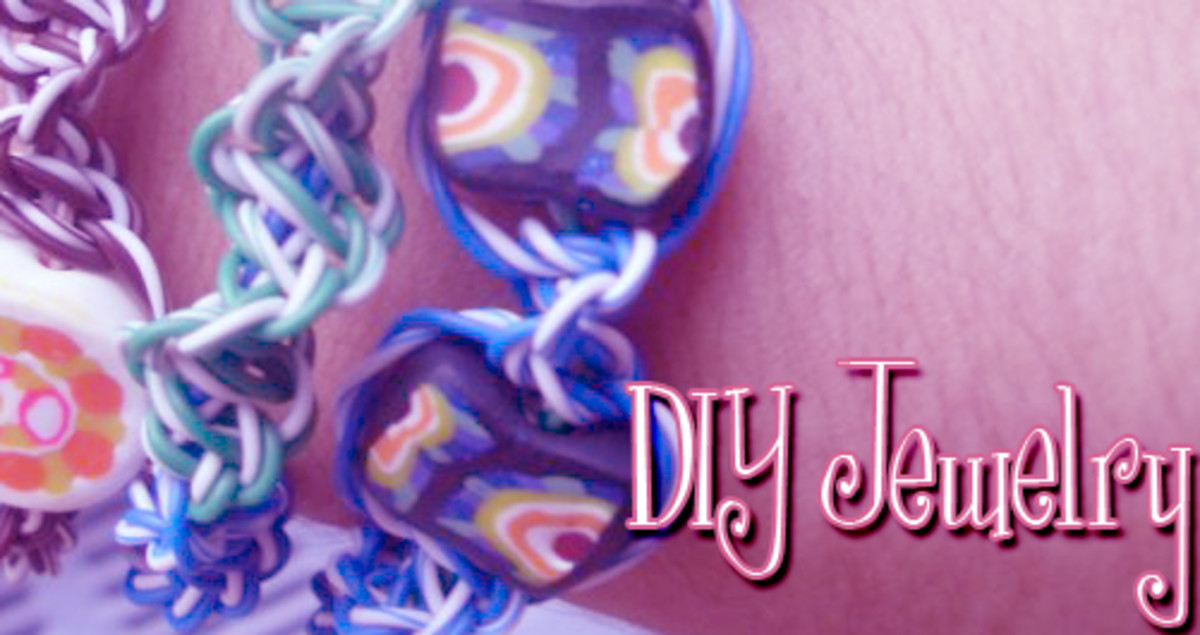Closing Jump Rings
Closing Jump Rings
Closing jump rings is something that can cause new jewellery makers some questions. There are several ways you can create closed jump rings - and, you'll be pleased to know, it's not always necessary.
The most common ways to deal with closing jump rings are:
- Not to bother closing the jump rings at all
- Soldering with silver solder
- Soldering with solder paste
- Creating a jump ring in a slightly different style so there is no opening.
There is no correct answer in all cases. Not closing jump rings does make a piece of jewellery "safer" because if it gets trapped at all, the open jump ring will leave a weak link that could save you from a nasty accident. However, if you do want closed jump rings, then read on to find out more about closing jump rings.
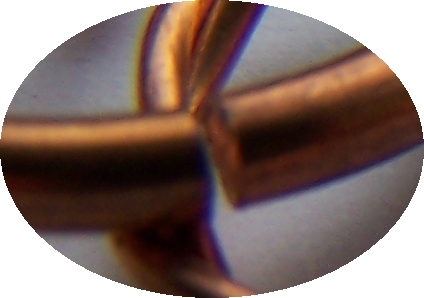
Don't Bother Closing Jump Rings
In a lot of cases, you don't need to close jump rings entirely at all. In fact, it can be considered a safety feature as it gives a piece of jewellery a 'weak link' where it could come apart if you were in danger of being trapped or strangled by it.
Look at many earrings, necklaces and even bracelets and jump rings aren't completely closed, but simply very close together.
When you cut and fix a jump ring, it should be flush cut and easily possible to look closed. This is perfectly acceptable for many cases.
Soldering With Silver Solder
If your jump rings are of silver, copper or bronze and similar, you can take the time to solder a jump ring closed.
Soldering with silver solder takes some equipment, time and a little skill. You also need to think about whether you'll cause damage to the surrounding piece by exposing it to the high temperature of a soldering torch, then pickle.
Soldering your jump rings closed causes extra time to be spent as you have to:
- Tips for Soldering Silver and Copper
When you are soldering two silver or copper surfaces together, your joint must fit together perfectly with no gaps, discover more essential tips for soldering silver and copper...
- Make sure both sides of the jump ring are completely flat and very clean
- Line the two sides up without a gap between them.
- Apply flux to the area to be joined and place a pallion of silver solder on the join line
- Heat with a torch until you see the silver solder melt. You have to be watching closely because as soon as you see the solder melt and flow round the join you have to remove the heat.
- Clean up any firescale
- File down the join with needle files so the jump ring isn't lumpy.
Silver solder comes in five sizes, the most commonly used are: easy, medium and hard. Easy solder melts at a lower temperature than hard solder.
Soldering with Solder Paste
Soldering a jump ring closed using solder paste seems like a nice and easy solution, but you still go through the same process as if you were soldering with silver solder, except instead of flux and a pallion you use a paste along the join. The benefit of doing this is therefore a feeling of a little more control if you're not that great at balancing pallions.
Overall, the result is the same - and it's still quite time-consuming and an effort to do this.
Of course, if you've a lot of jump rings to solder, you can line up a lot of them on your soldering station and move along the line, but there is still an equipment cost, a time cost and a skill to learn.
Silver solder paste is tiny particles of silver mixed with a paste that burns off during the soldering process, the the silver melts and your piece of jewellery is soldered!
Using a Different Style of Jump Rings
There are jump rings that aren't a simple circle, but are more along the lines of a keyring style - a double coil of metal. These can be fixed and removed as often as you like and can be great for fixing charms onto charm bracelets.
These are called names such as:
- Split Open Jump Rings
- Open Jump Rings
- Split Jump Rings
This is a neat solution for those who don't want to learn how to solder, but do want to attach pendants to chains, or chams to bracelets.
The downside of them is that they don't look as neat as a single jump ring, but for many people the double ring of silver actually enhances the look and makes potential buyers see that the pendant, or charm, is more secure.


